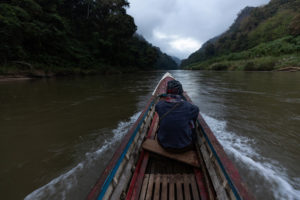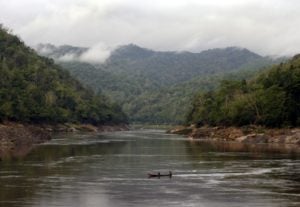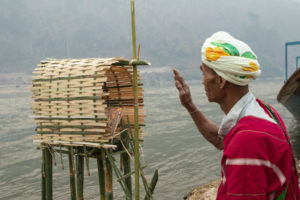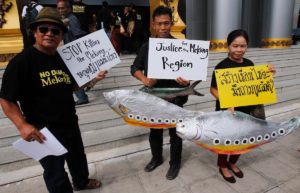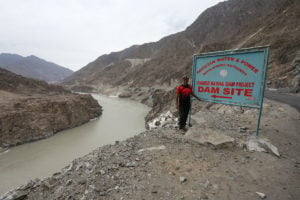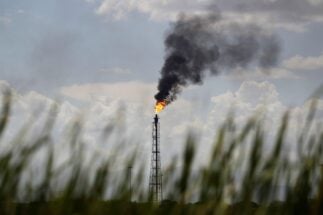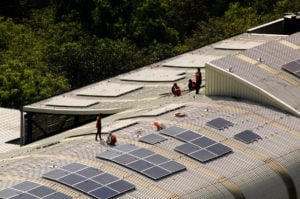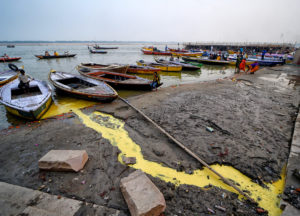When he was young, Singkharn Ruenhom used to go fishing with his father along the Yuam River on Thailand’s northwestern border with Myanmar. Years later, he fished on the river with his own sons. Now he worries his grandchildren might not get to do the same.
Like many in communities across Mae Hong Son, Tak and Chiang Mai provinces, Ruenhom is concerned about his home and heritage. In September 2021, a project was approved that will divert an average of 1,795 cubic metres of water annually to irrigate the central plains.
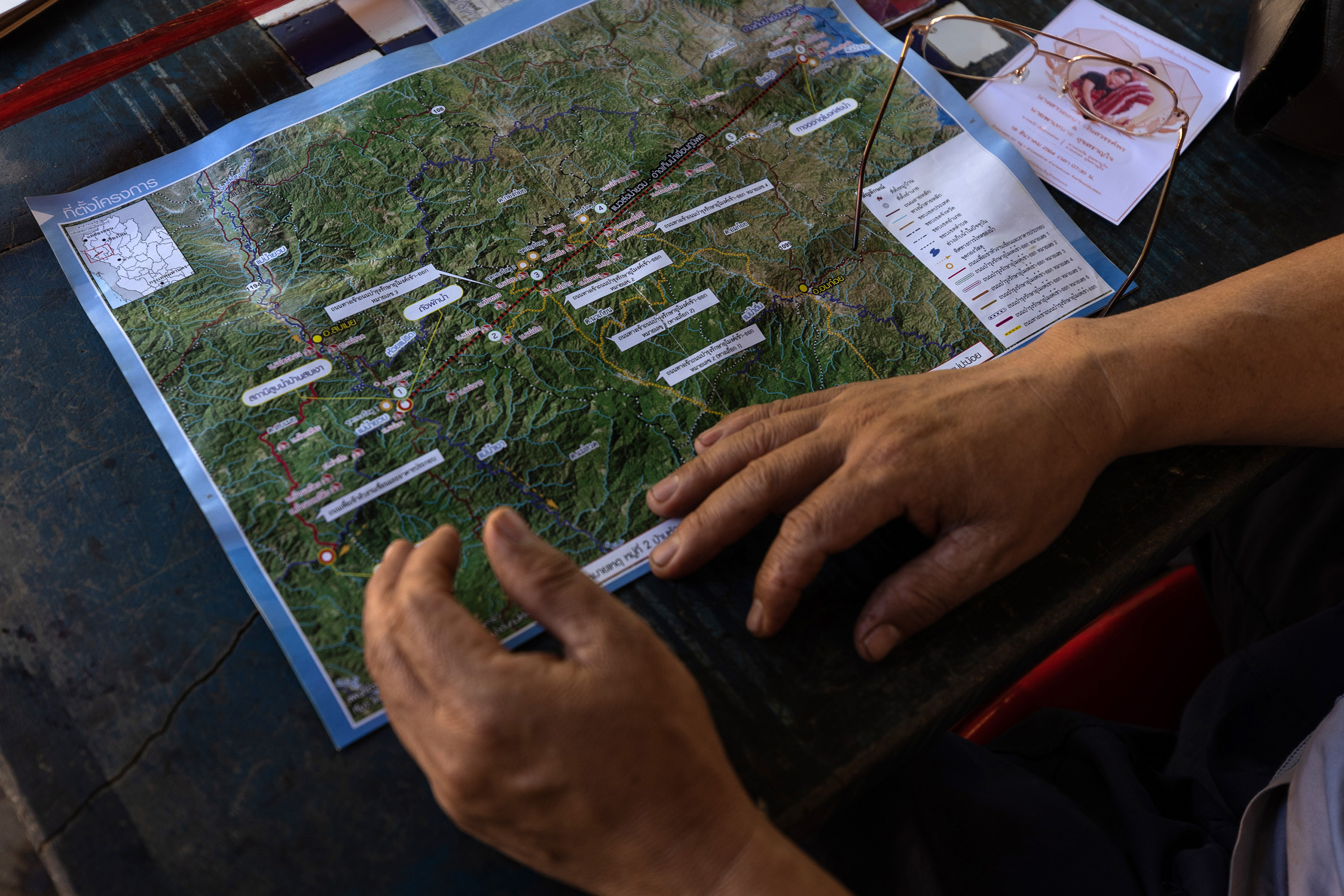
“They didn’t tell us about what impacts there’d be,” said Ekachai Jamonjarudet, a resident of another village affected by the project in Omkoi district, Chiang Mai. “They told us not to worry because they’ll compensate us or find new land for us.”
The long game
First conceived in the early 1990s by the Department of Alternative Energy Development and Efficiency and the Ministry of Energy, the large-scale “Bhumibol Reservoir Inflow Augmentation Project” – more commonly referred to as the Yuam River Diversion Project – was estimated to cost around 70 billion baht (USD 2.1 million) and take seven years to build. The high cost of the project meant it was put on hold until 2016, when it was revived by the Royal Irrigation Department with claims a Chinese developer would take it on.
According to Weerakorn Khamprakorb, an MP and deputy chair of a commission to study holistic water management, last year a Chinese state enterprise called Norinco International – a subsidiary of Norinco Group, one of China’s leading weapons manufacturers – offered to deliver the project for just 40 billion baht (USD 1.9 billion) in four years. Other than Khamprakorb’s statement, there have been no official documents to confirm the identity of investors and contractors.
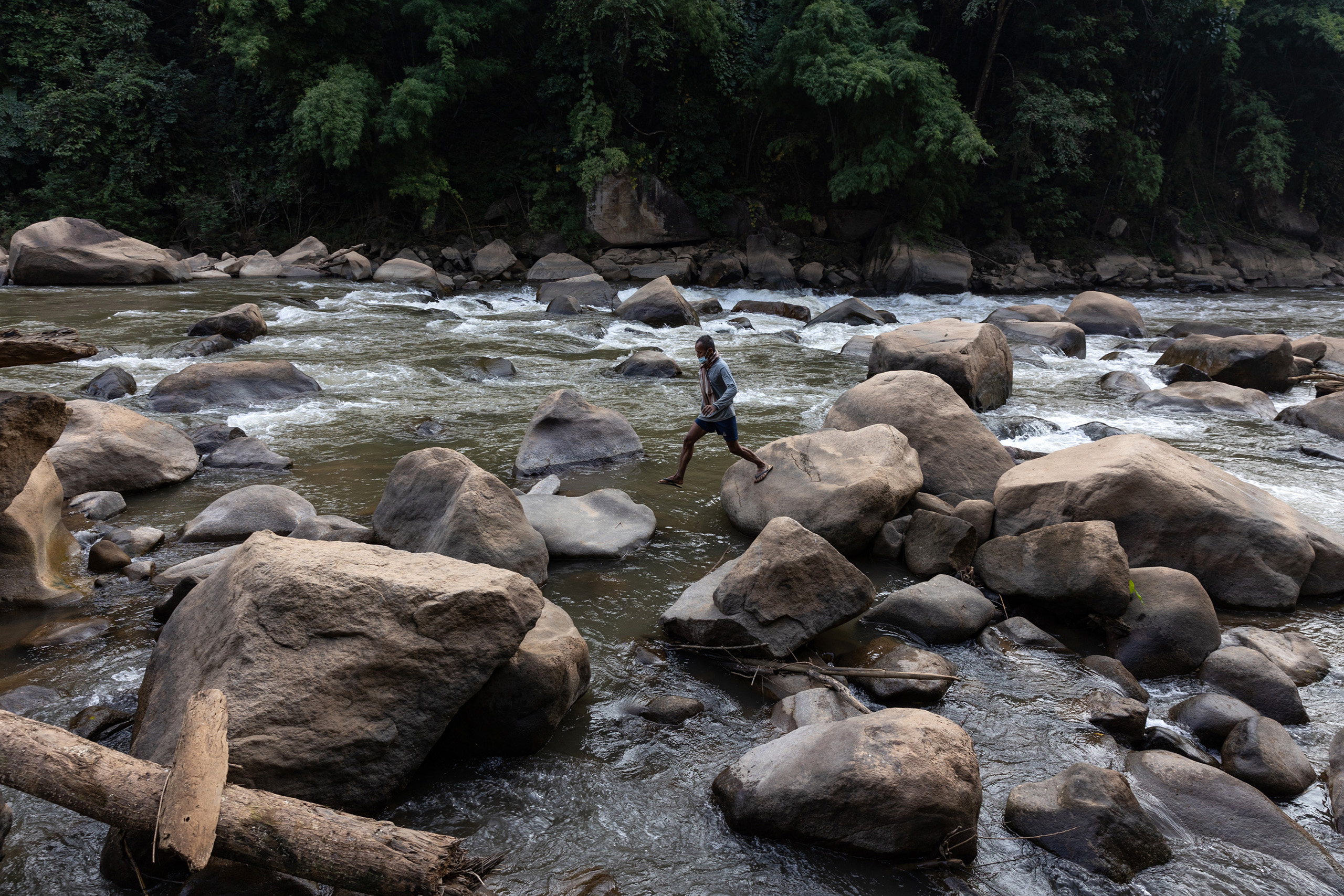
The project will be the first to dam this tributary of the Salween, one of the last free-flowing rivers left in the world. On Myanmar’s side of the border, the Salween faces a number of potential mainstream hydropower projects; Chinese companies are involved in the construction or development of most of them.
Starting in Mae Ngao village in Mae Hong Son province, six water pumping stations and filtering systems will be built on the land where Ruenhom and his neighbours live. These will pull water up from a reservoir created by a 70-metre-high dam about 14 kilometres from the Myanmar border. From there, water will flow into an eight-metre-wide tunnel that descends 600 metres underground for almost 62 kilometres until it reaches Chiang Mai’s Hot district where it will flow into the Ping River, a tributary of the Chao Phraya.
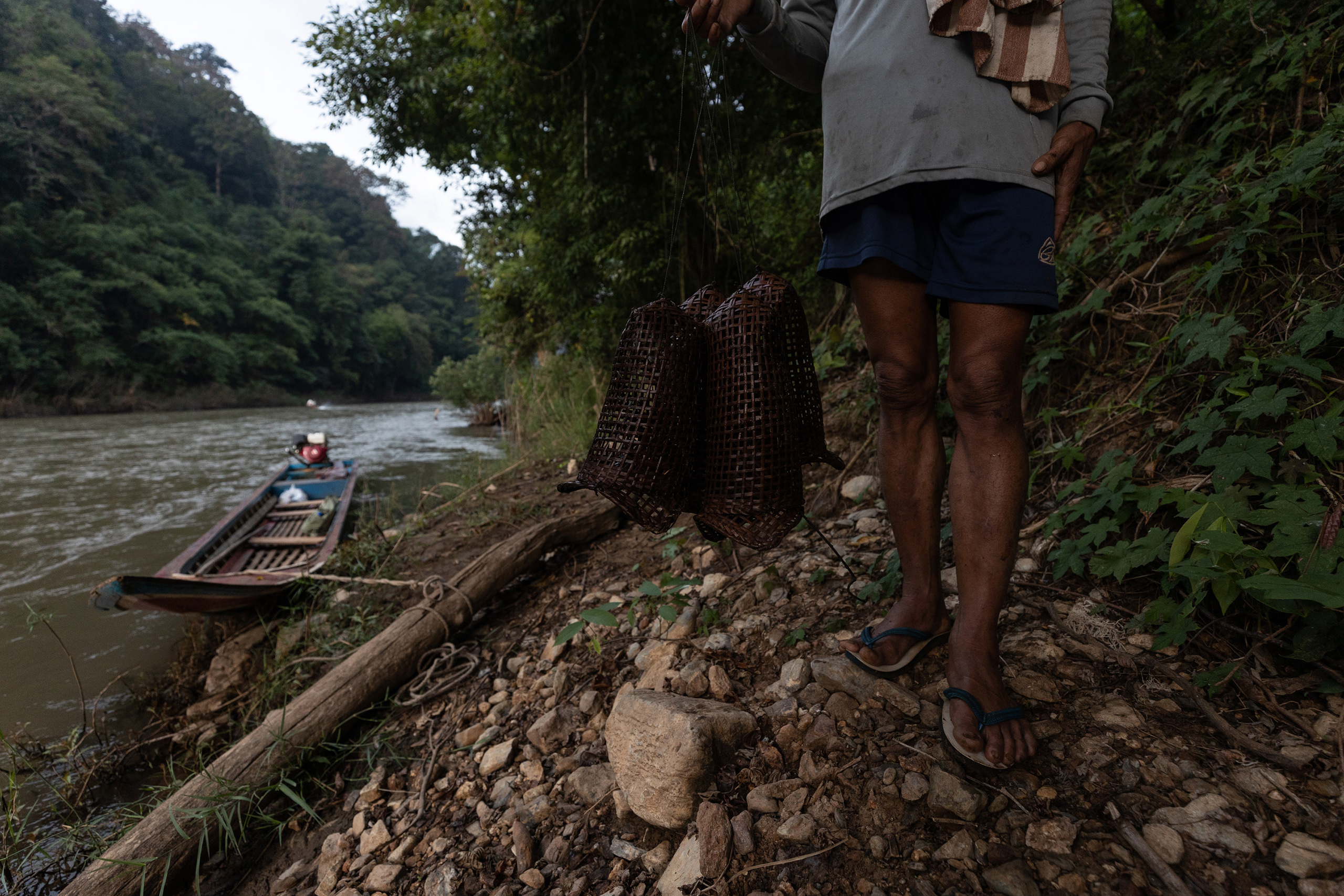
Walking along the banks, Ruenhom described the species that used to live in the cracks and crevices of this part of the Yuam, and the seasonal ecosystem he has witnessed in his many years here: the drought and flash floods, the wildlife.
“City people overlook it,” Ruenhom said. “When they see the river they simply see water, but there’s much more than that.”
The diversion: Public scrutiny and the Yuam
The project cuts through five national forest reserves and the forthcoming Mae Ngao National Park. It will clear a total of 582 hectares of forest, 206 of which are classified as crucial for ensuring the continuity of the watershed. Construction materials and the debris from creating the tunnel will be dumped in six mounds along the way, covering 71 hectares, most of which are the ancestral lands of indigenous communities.
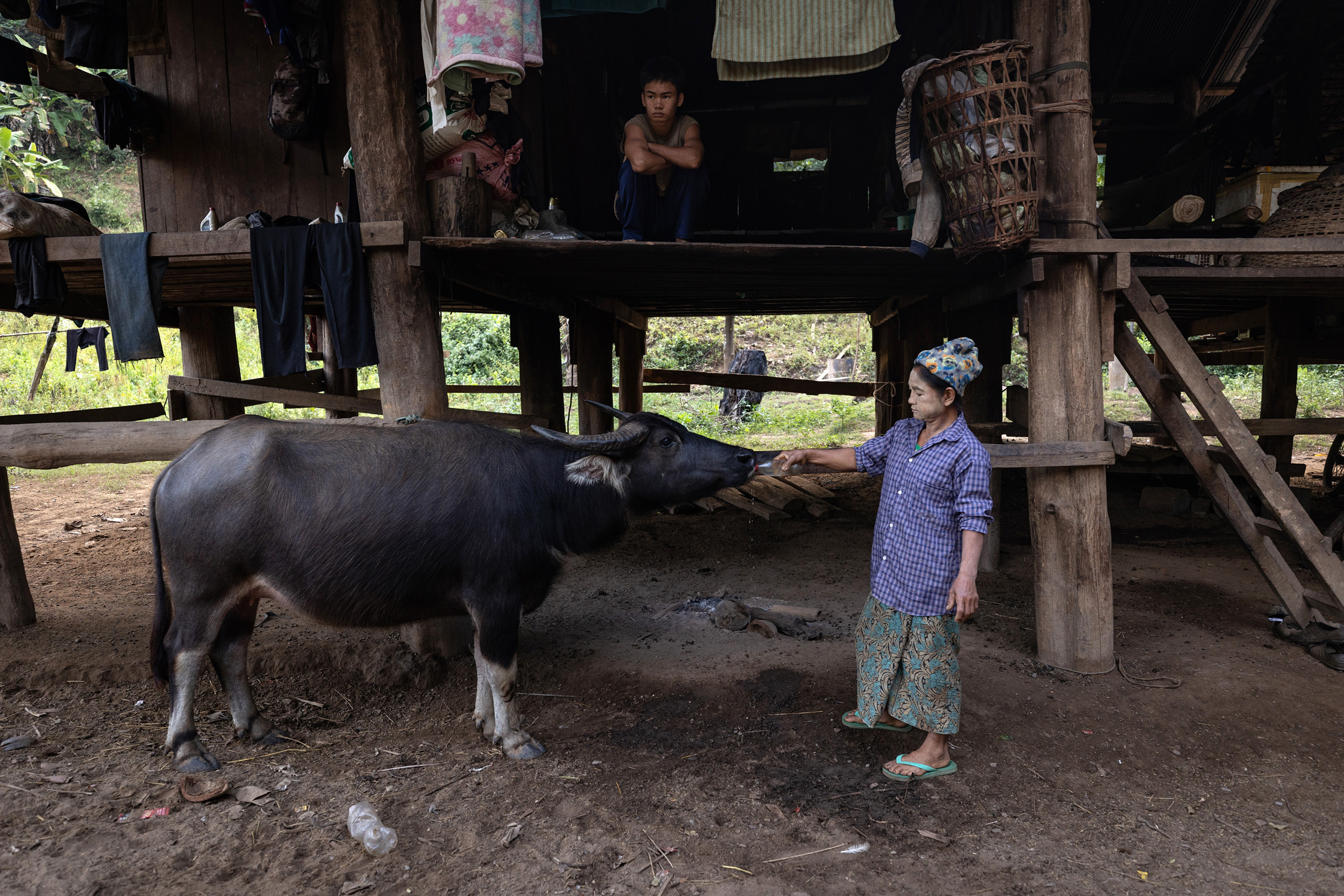
An Environmental Impact Assessment (EIA) in 2006 claimed the project will only affect 21 households and the farmland of four other households. But at least 46 villages will be directly affected, not including others who depend on the Salween watershed for their livelihoods, according to Pianporn Deetes, Thailand and Myanmar campaigns director for International Rivers, an NGO. In Sop Moei district alone, at least 74 households in Mae Ngao village and nine in Tha Ruer village will be forced to evacuate to clear a path for the dam and water pumping stations, according to the People’s Network of Yuam, Ngao, Moei and Salween River Basins.
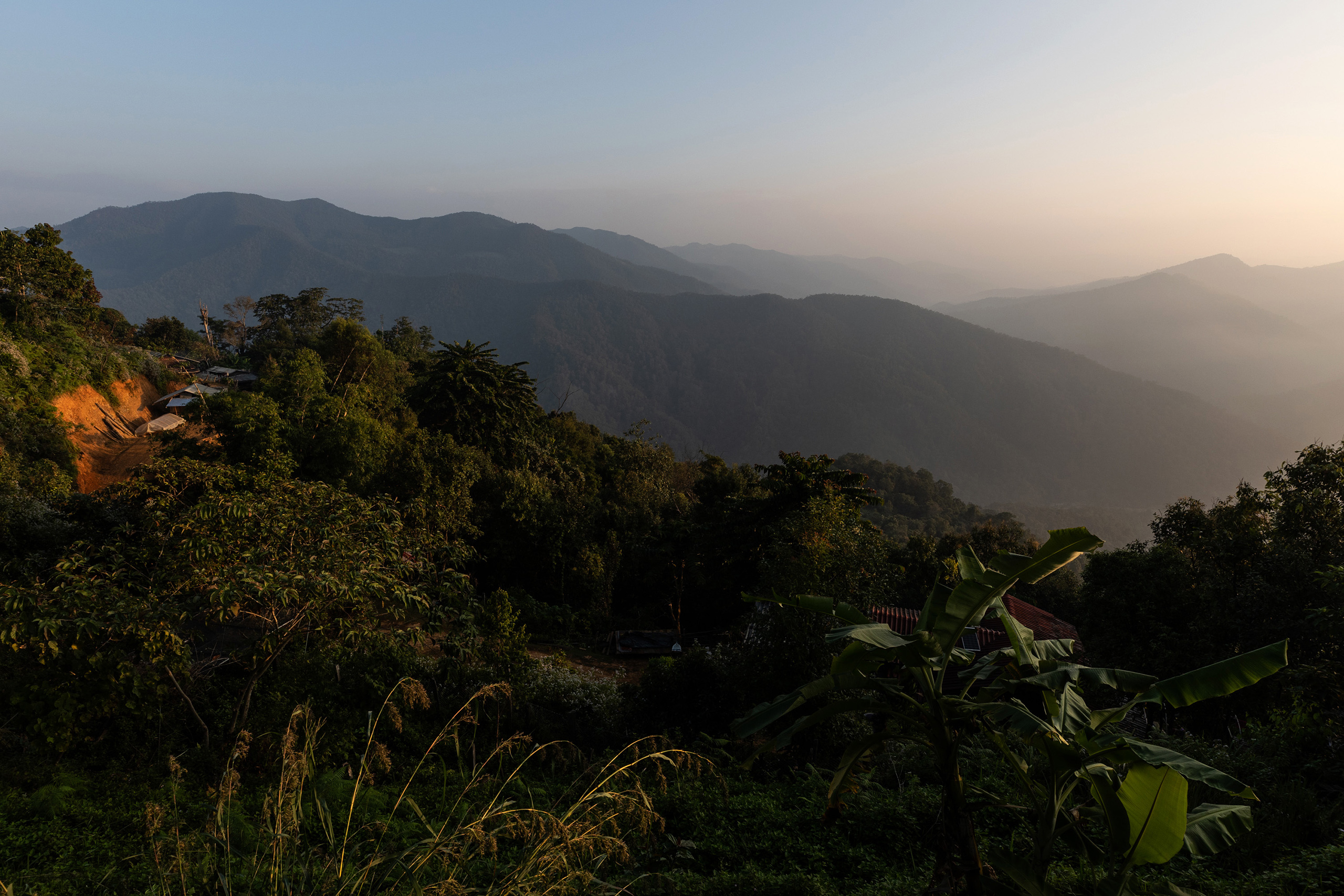
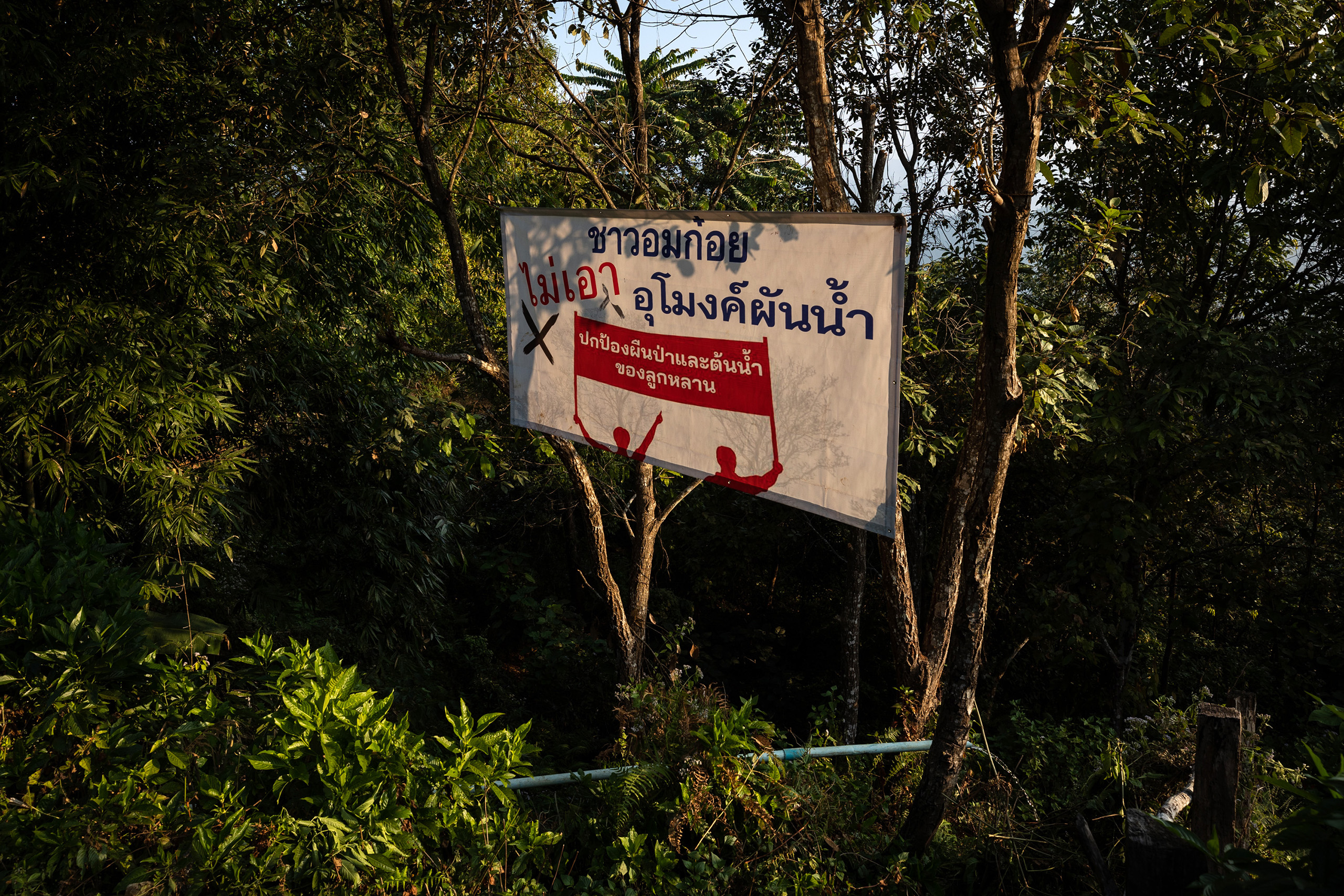
For months, controversy has been surging around the project and local people’s engagement in the approval process, with accusations of misrepresentation and lying about local participation. Rather than information on potential risks, officials have emphasised its benefits. These include: an annual average of 300 million cubic metres of water for consumption; about 462 million kilowatt/hours of electricity generated; revenue of USD 18,585 from fisheries and USD 142,679 from tourism annually; and 257,604 additional hectares of arable land in the Central region during drought.
“The village headman’s photo is in the EIA and he doesn’t even know it,” said Phibul Tuwamonton, chair of the Omkoi Indigenous Peoples’ Network, who has been spreading awareness about the project’s impacts to affected communities throughout the past year.
“I didn’t even know what an EIA was,” confirms Phooso Chamoncarumat, headman of Mae Sor Tai, a village due to become a dumpsite for debris.

There were public hearings on the project. But they were held during the Covid-19 pandemic and the rainy season, posing difficulties for remote communities who needed to travel to attend. Gatherings in large groups were also problematic. Despite most of the affected households being Karen speakers, no translations in Karen were provided in the documents and meetings.
“Because many lack citizenship, they are afraid to come out and protest against the project despite receiving the full impacts,” said Sor Rattanamanee Polkla, executive coordinator and co-founder of the Community Resource Centre Foundation, an NGO, adding that if they protest they might be prosecuted for other reasons.
The Royal Irrigation Department and Naresuan University conducted the surveys for the EIA. Both declined to comment.

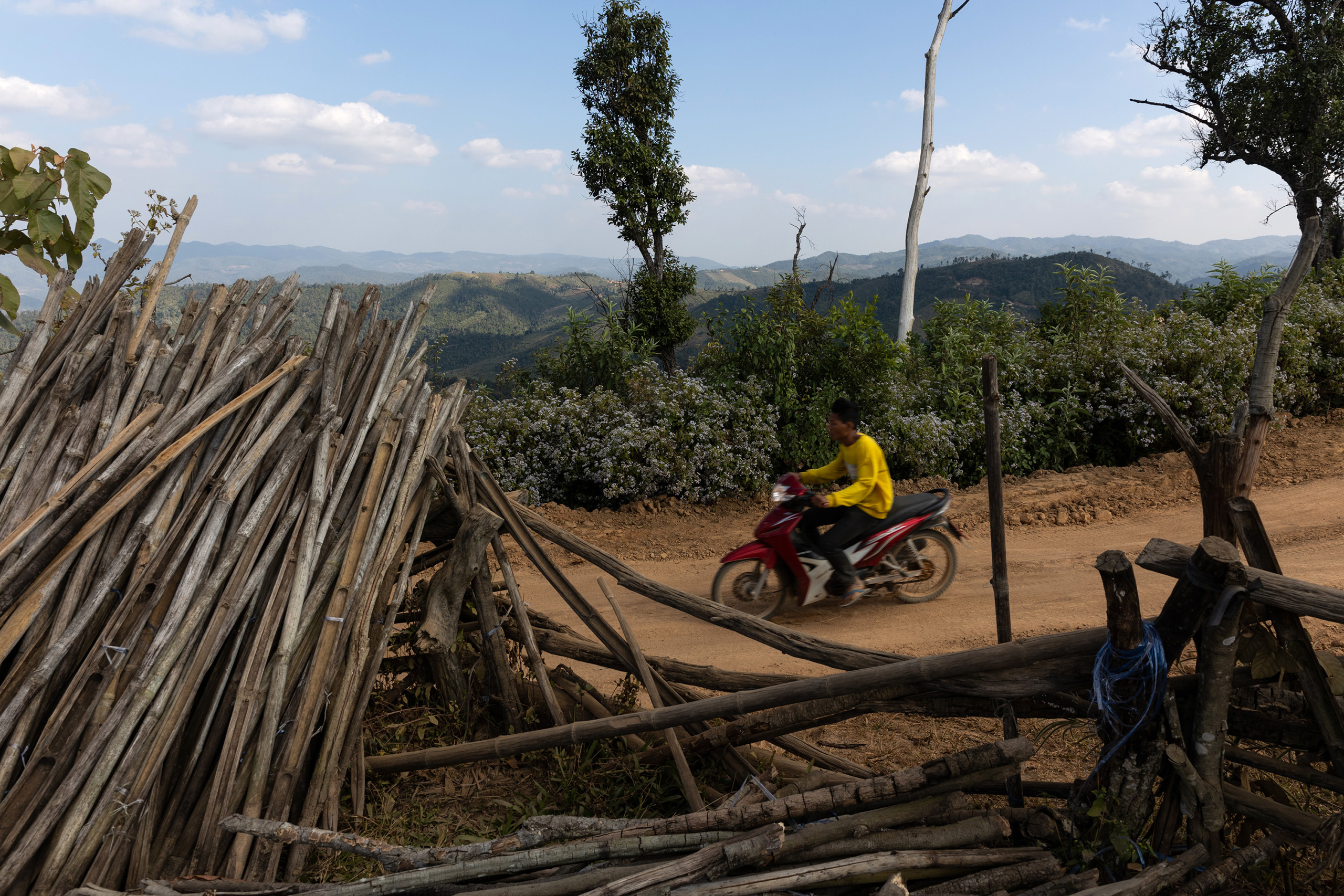
Ecology on the edge
While there is little in-depth research about the Yuam’s ecology, the Salween watershed is known to be a vital habitat and spawning ground for more than 200 fish species.
Damming the Yuam will reduce the oxygen that is crucial to river life and, as sediment becomes trapped, many species’ food sources will disappear. Even more alarming, the project will connect the watersheds of the Salween and Chao Phraya, two separate river systems with different freshwater species and conditions.
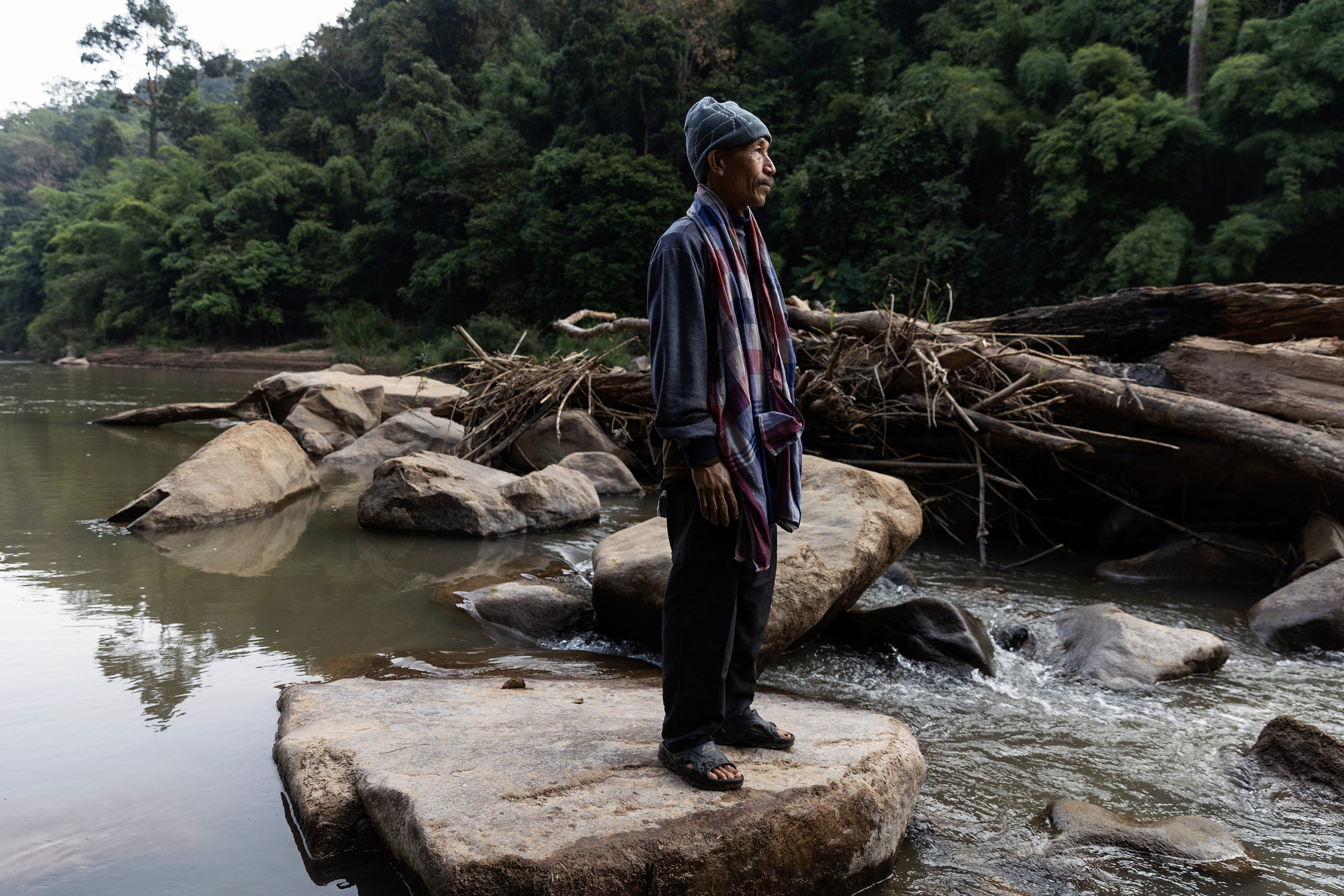
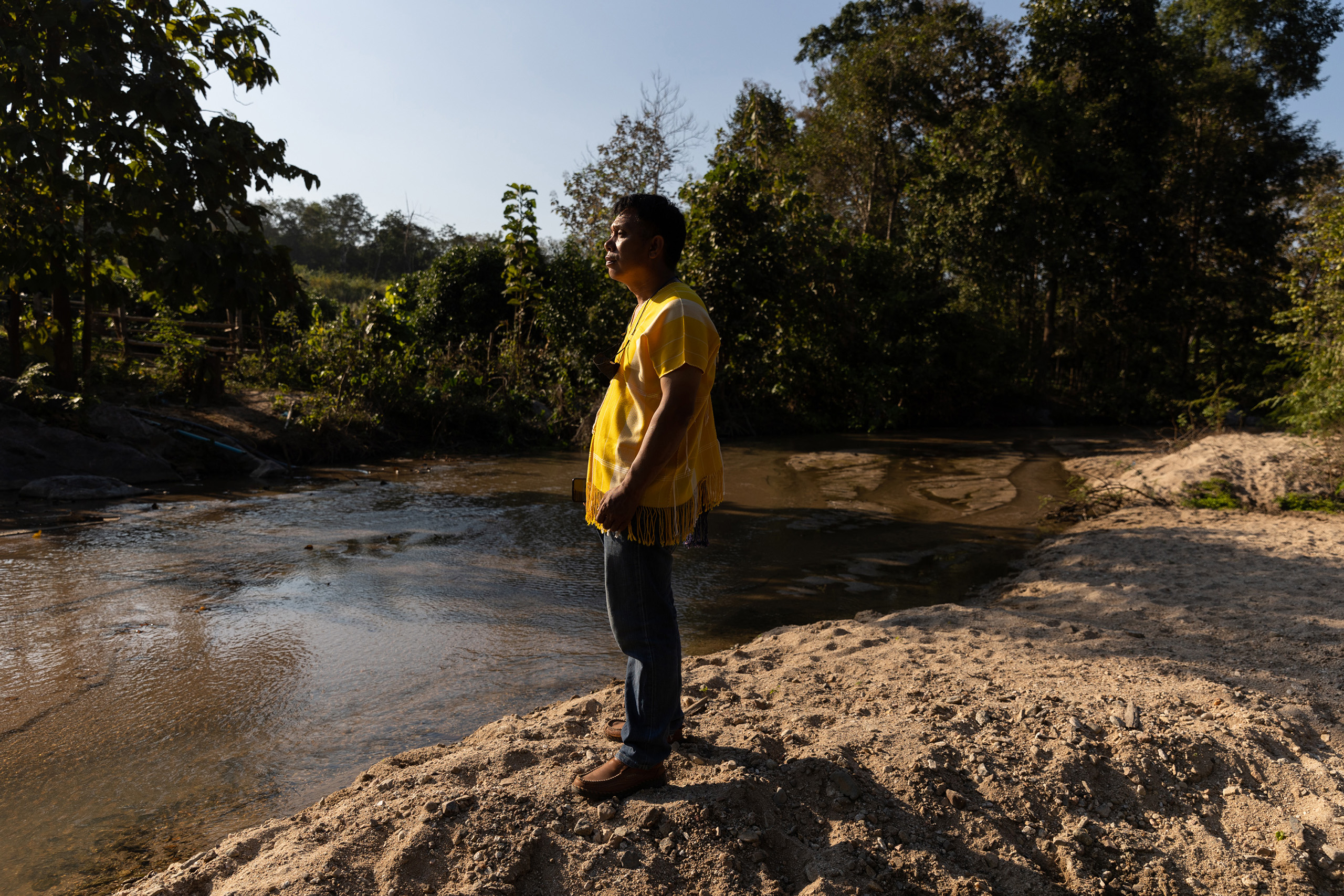
“It’s like moving fish from one ocean to the other,” said Sitang Pilailar, a lecturer at the Water Resources Engineering Department at Kasetsart University.
With only seven fish species known to be common to both basins, experts have expressed concerns about non-native invasions.
“If one organism disappears, this could affect hundreds of other organisms,” said Aphinun Suvarnaraksha from Maejo University’s Faculty of Fisheries Technology and Aquatic Resources.
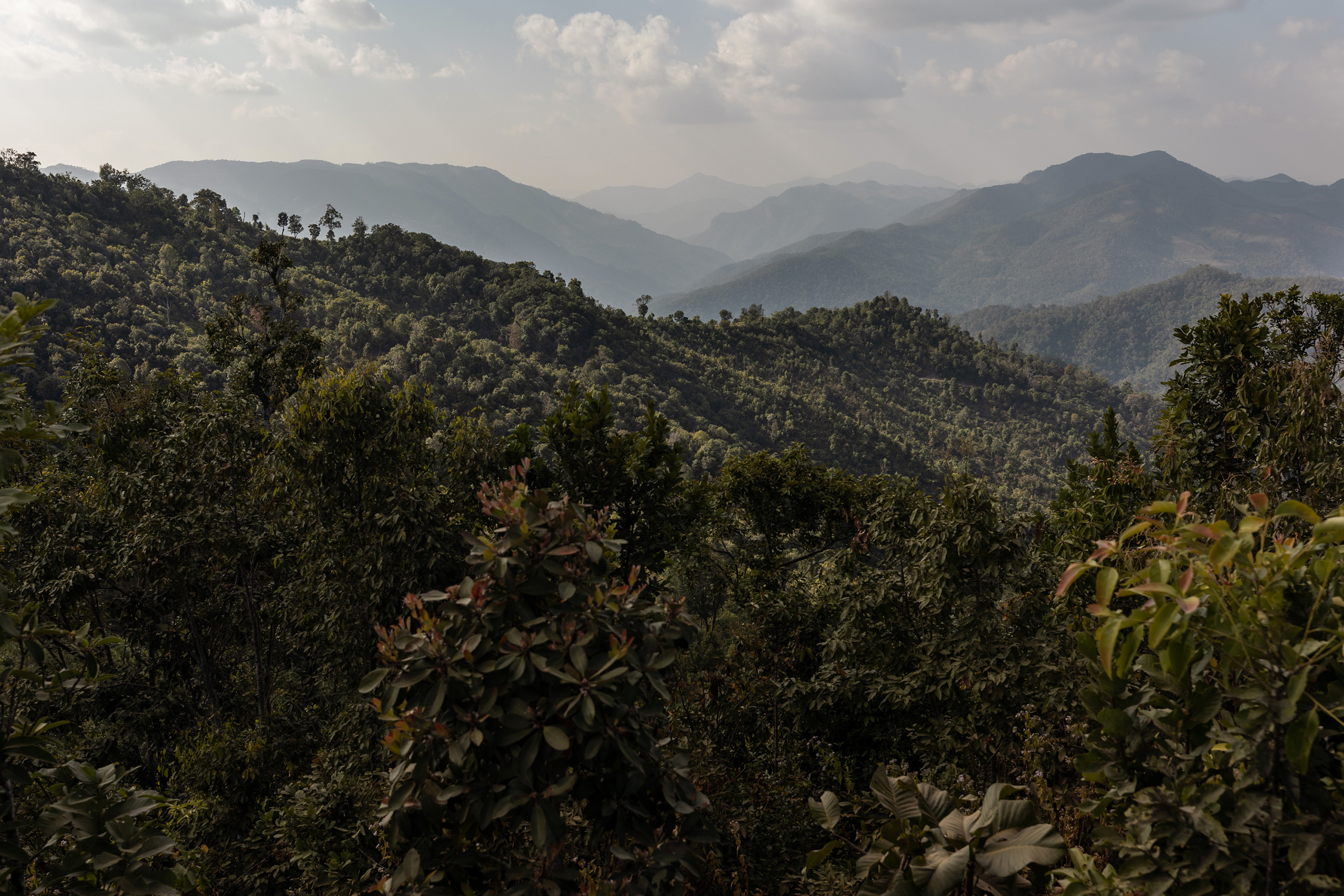
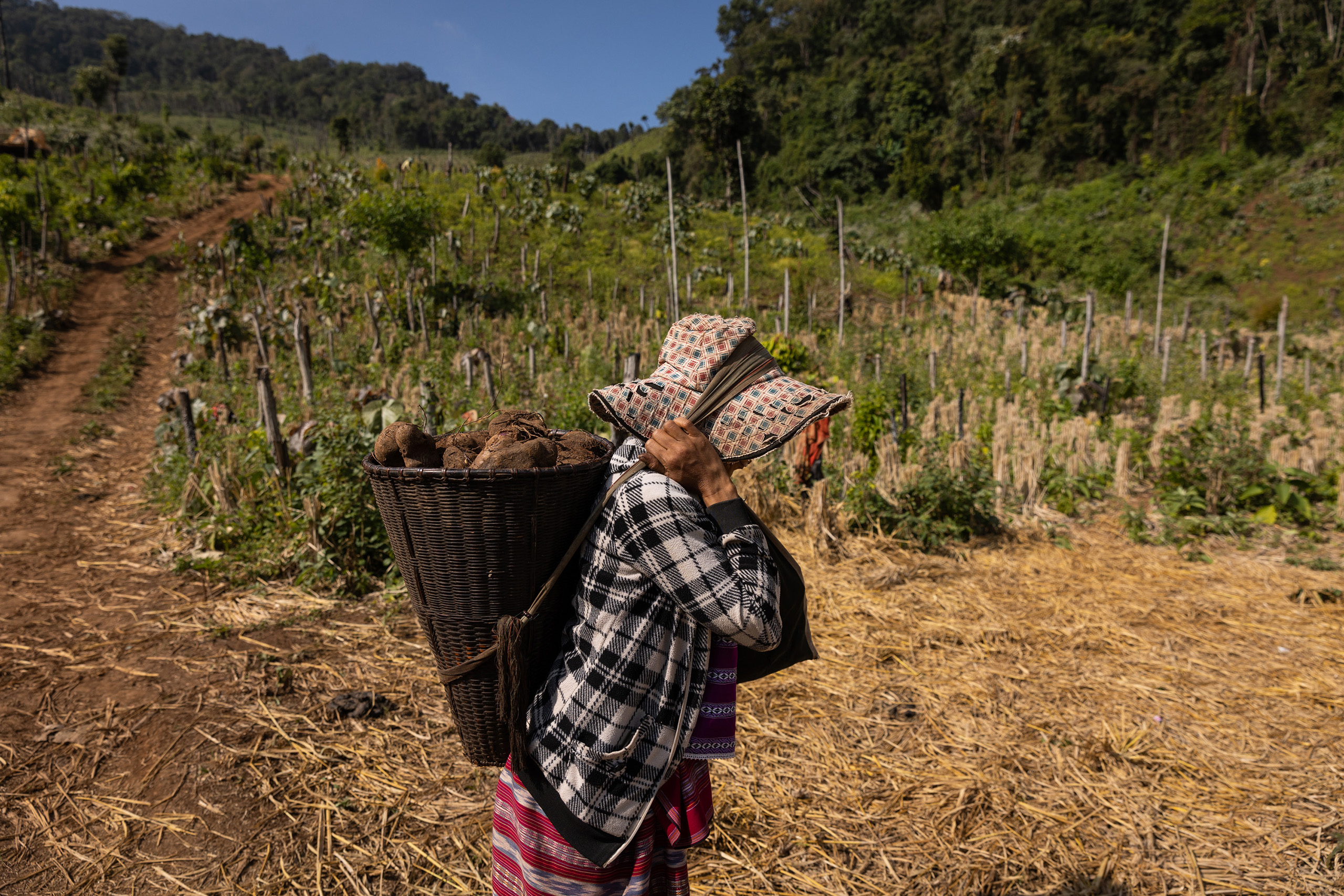

Communities living along the Yuam will not only bear the impacts of the decline in fish stocks, but also the loss of arable land and potentially exacerbated floods and landslides. The project will be built along active tectonic plates and could lead to a high risk of earthquakes, though this concern is only briefly mentioned in the EIA.
“If this project happens, I think there will be many people who will need to take antidepressants,” said Sakchai Yemu, who lives in Hot district, Chiang Mai, expressing fear for communities’ mental health. Yemu’s farmland is another due to become a debris dumpsite. “From earning [USD 6,000-9,000] a year, they’ll have nothing left.”

In 1964, the Bhumibol Dam was completed in Tak province, downstream from Yemu’s community. Since then floods have been exacerbated, carrying away nutrients and trapping sediment on the once-fertile fields where he used to grow rice. For the 1.6 hectares of arable land he lost, he was given a one-off compensation payment of around USD 13,000.
“With that money, how many days or years can you use it?” said Mueda Nawanat, a member of another affected community in Sop Moei district, Mae Hong Son. “With the land they currently live on, they can live entirely without money.”
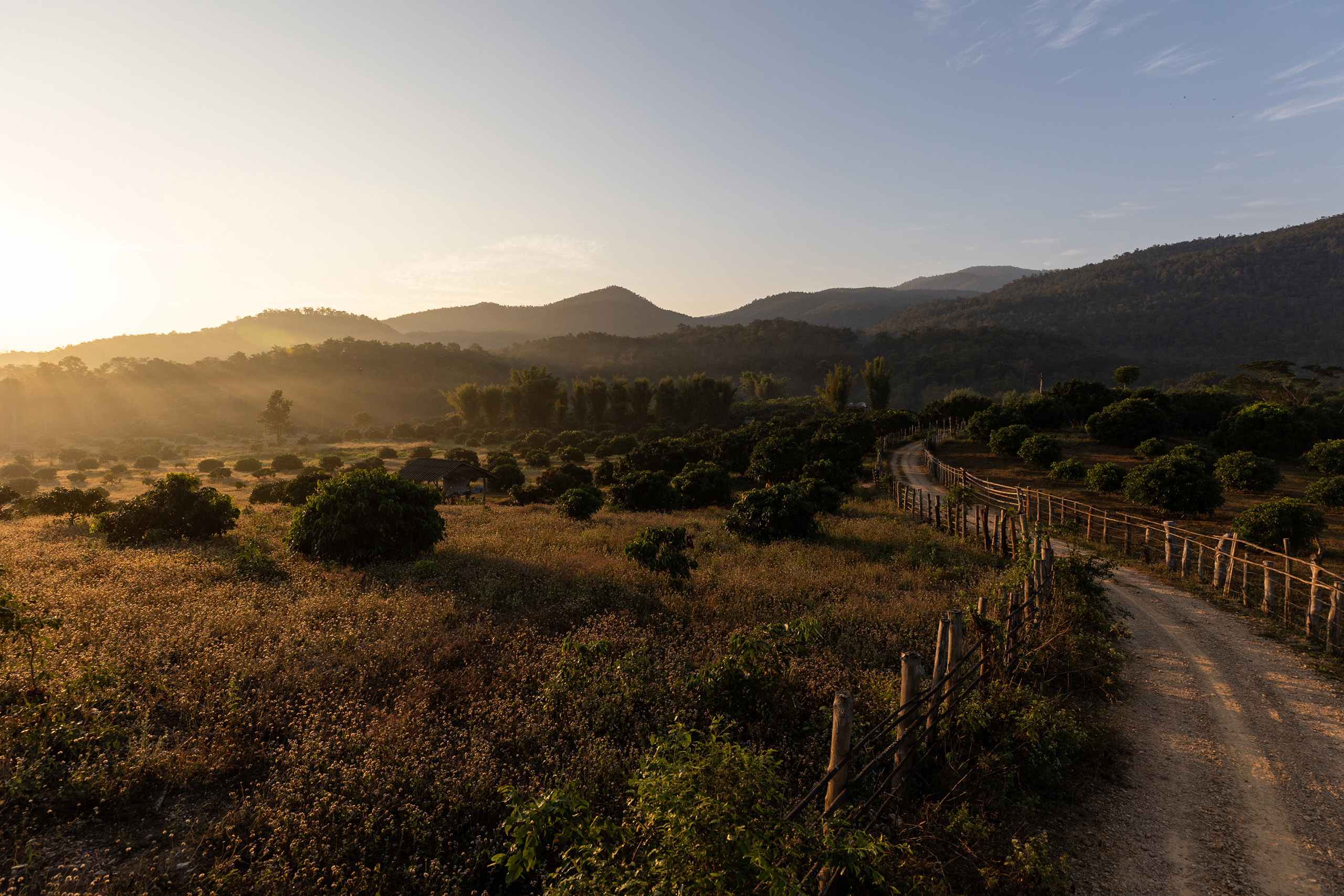
Communities resist Yuam River diversion
“Why do involved government departments not ever speak of getting communities who live in the forests to take care of the remaining forests?” asked Thongchai Leawpichaipaibul, a member of the Mae Ngao community.
Though proposed mitigation measures are included in the EIA, experts doubt their viability and effectiveness. Measures such as fish ladders allow migration and electrical barriers prevent species invasion, but they lack research. Tourism, reforestation and seismic monitoring are unlikely to remedy the most acute social and ecological impacts.
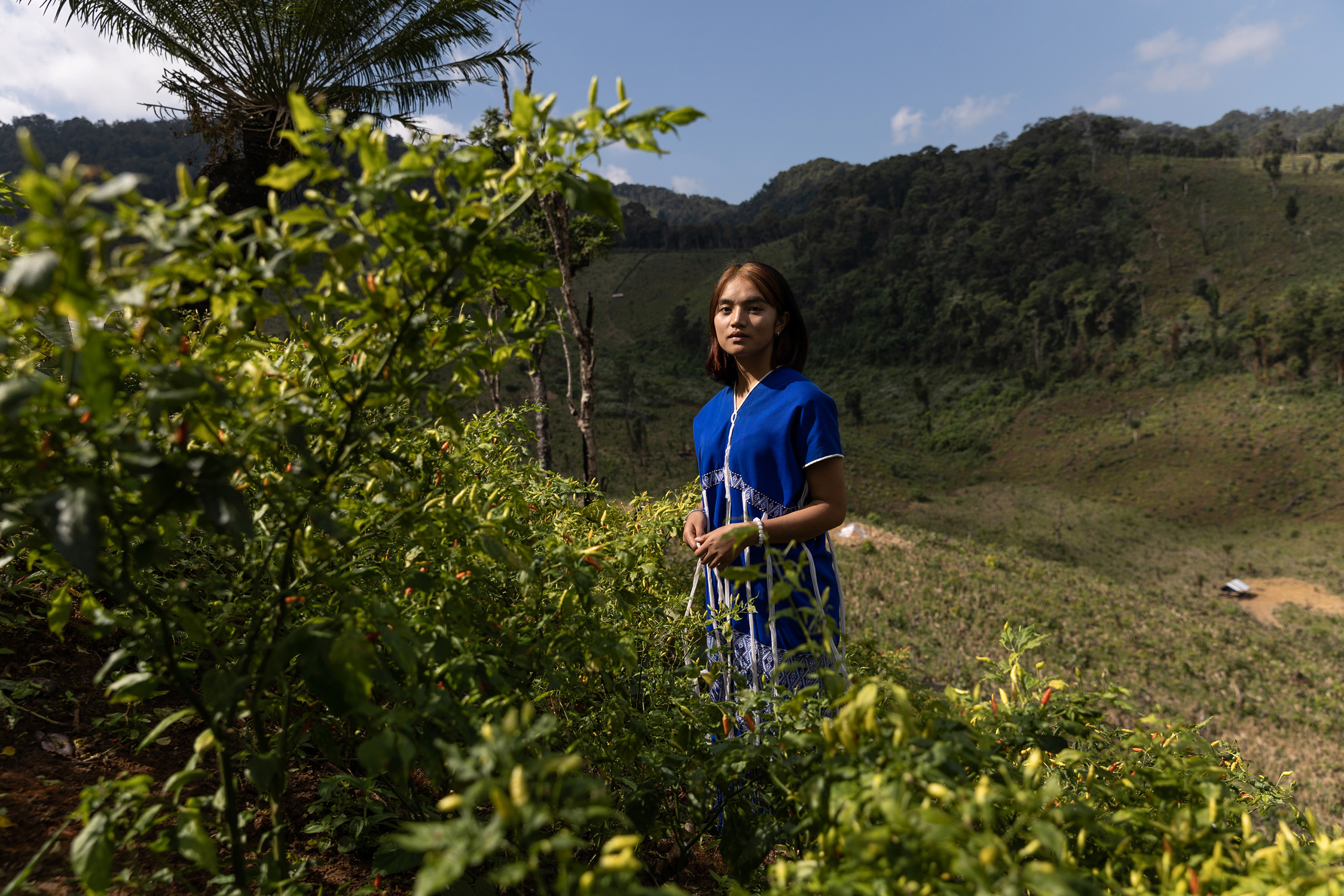
“On one hand they’re making merit and on the other they’re sinning,” said Deetes at International Rivers. “They’re reforesting and reclaiming homelands from communities, but at the same time they’re allowing mega-projects that exploit natural resources.”
Pilailar, the lecturer from Kasetsart University, is concerned about the potential impacts of climate change on the 30-year-old project proposal and questioned its rationale, stating there are more cost-effective and socially and environmentally sensitive solutions to the area’s water problems, such as reducing consumption, fixing leaks, improving management and restoring watersheds.
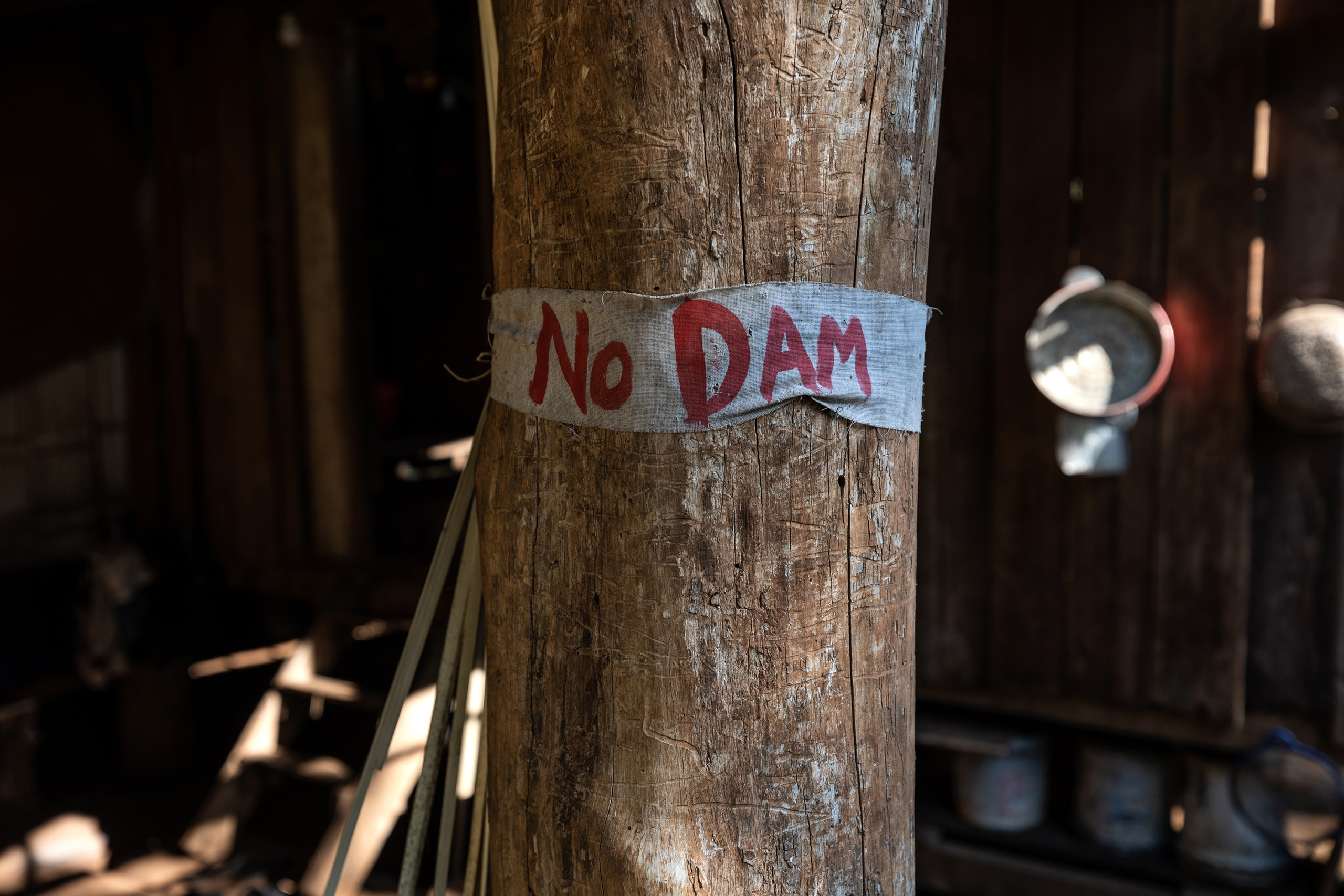
Civil society groups, including the Omkoi Indigenous Peoples’ Network led by Phibul Tuwamonton, are now rushing to raise awareness among affected communities about the project and its impacts. They are mobilising against what they describe as false claims in the EIA and are suing the Office of Natural Resources and Environmental Policy and Planning. The National Human Rights Commission also recently visited Mae Hong Son and Chiang Mai to meet community members and investigate complaints about the project.
“To address water problems, you can’t be short-sighted because it affects the entire basin and nearby basins,” Pilailar said. “The directors need to change their mindset, open up and take in technical information from various disciplines, letting communities help solve these issues together.”
